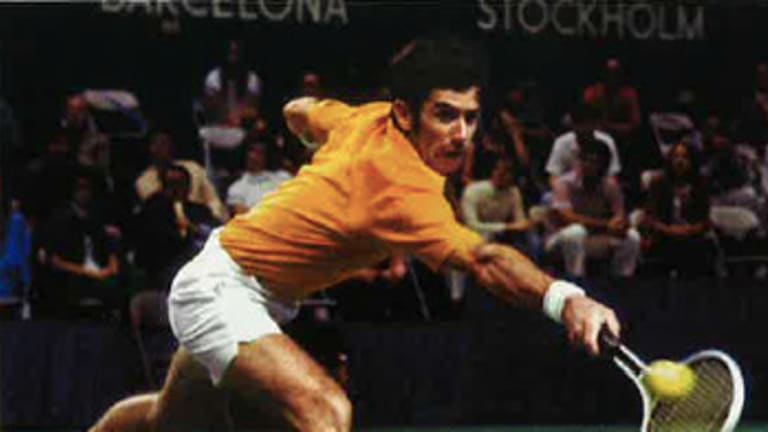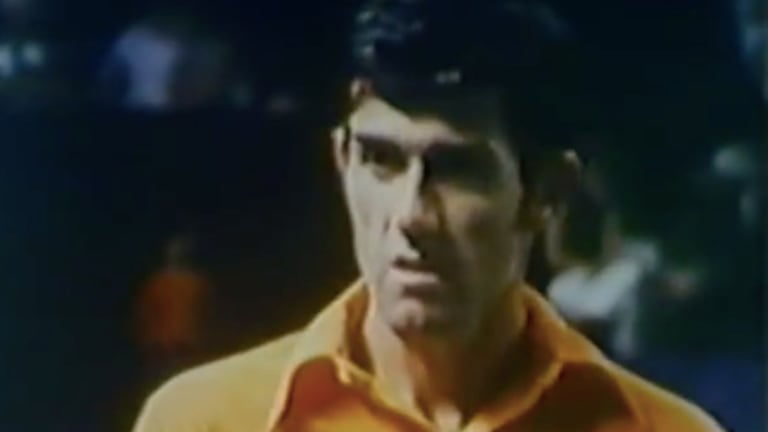This year marks the 50th anniversary of TENNIS Magazine's founding in 1965. To commemorate the occasion, we'll look back each Thursday at one of the 50 moments that have defined the last half-century in our sport.
1972: The Rod Laver vs. Ken Rosewall WCT Final in Dallas
By Mar 12, 2015ATP Munich, Germany
Ben Shelton uses altitude to his advantage, joins Alexander Zverev in Munich quarterfinals
By Apr 16, 2025WTA Stuttgart, Germany
Iga Swiatek in Stuttgart: From clay court to carpool karaoke!
By Apr 16, 2025Lifestyle
Thorne taps Ben Shelton to launch new on-the-go performance line
By Apr 16, 2025Social
Lois Boisson had the perfect response to Harriet Dart deodorant controversy
By Apr 16, 2025Social
Dominic Thiem ‘loves’ watching Jakub Mensik and Joao Fonseca
By Apr 16, 2025ATP Munich, Germany
Ben Shelton: European football's newest superfan? Lefty making most of Munich debut
By Apr 15, 2025ATP Barcelona, Spain
Casper Ruud, Stefanos Tsitsipas open Barcelona bids in quest to halt further ranking slides
By Apr 15, 2025Tennis.com Interview
Jan-Lennard Struff sees Munich title defense bid as 'perfect opportunity' to turn 2025 around
By Apr 14, 2025Stat of the Day
Andrey Rublev storms to 100th ATP 500 win of career with opening victory in Barcelona
By Apr 14, 20251972: The Rod Laver vs. Ken Rosewall WCT Final in Dallas
Looking back at the match that made tennis in America.
Published Mar 12, 2015
Advertising
Advertising

1972: The Rod Laver vs. Ken Rosewall WCT Final in Dallas
Advertising

1972: The Rod Laver vs. Ken Rosewall WCT Final in Dallas